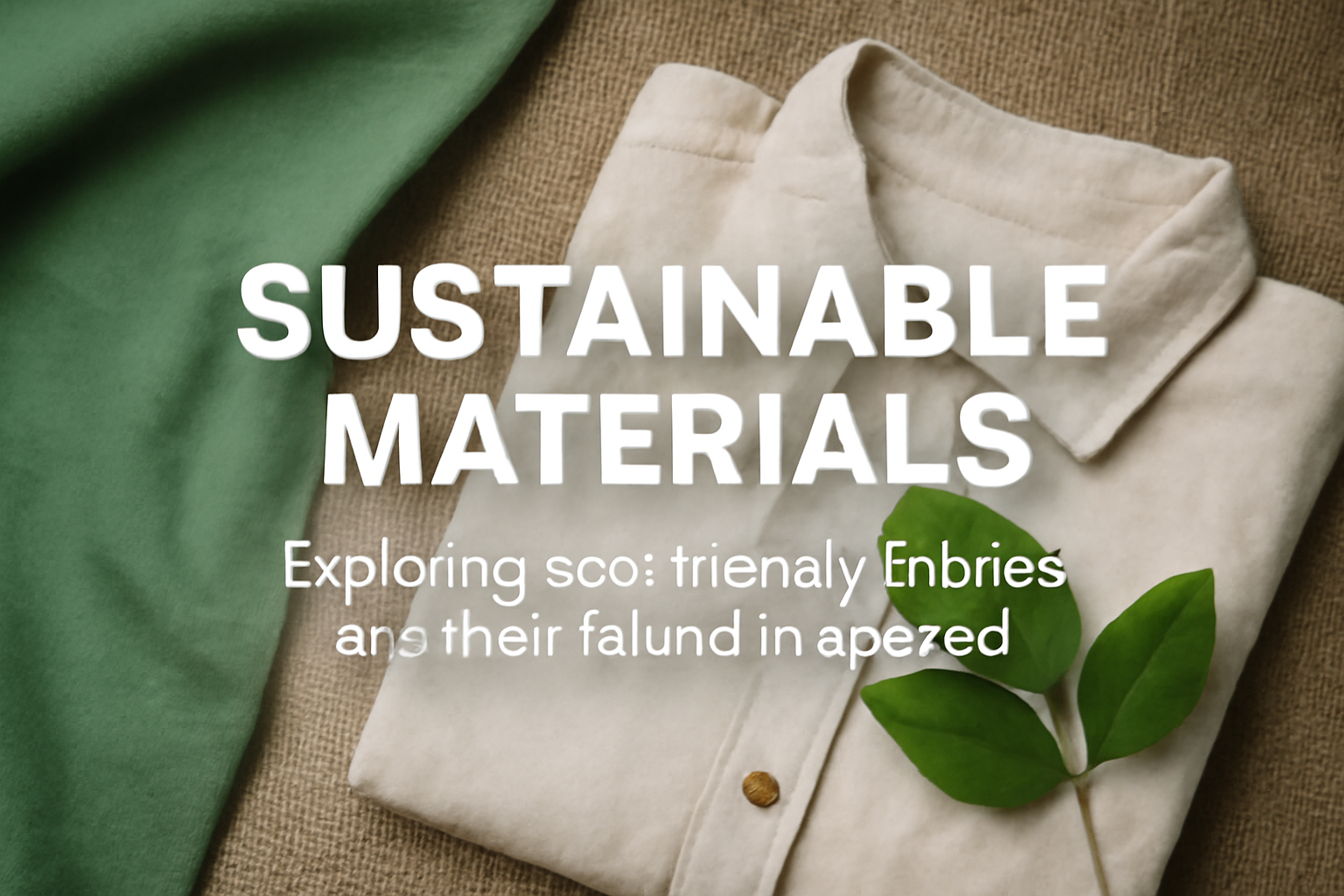Location
Mount Vernon, WA 98274
Location
Mount Vernon, WA 98274

As consumers grow increasingly conscious of environmental impact, the fashion industry is responding with a shift towards sustainable materials. This article explores innovative eco-friendly fabrics and their implications for the future of apparel.
In recent years, the fashion industry has witnessed a significant transformation driven by a growing awareness of sustainability. As environmental concerns take center stage, designers and brands are actively seeking alternatives to traditional materials. This shift not only reflects consumer demand for eco-conscious products but also highlights the industry’s role in combating climate change.
One of the most exciting developments in sustainable fashion is the rise of innovative eco-friendly materials. Brands are now experimenting with a variety of fabrics made from recycled plastics, organic cotton, and even agricultural waste. For instance, companies like Patagonia have pioneered the use of recycled polyester in their outdoor apparel, reducing reliance on virgin plastics. Similarly, Reformation uses sustainable materials such as Tencel, made from eucalyptus trees, which require significantly less water and land to produce compared to conventional cotton.
Another notable trend is the adoption of plant-based leathers, often referred to as “vegan leather.” Materials like pineapple leather (Piñatex) and apple leather are gaining traction, offering cruelty-free and biodegradable options for fashion enthusiasts. These alternatives not only reduce the environmental footprint of traditional leather production but also tap into the growing market of consumers looking for ethical choices.
Furthermore, the integration of technology is playing a crucial role in sustainable fashion. Brands are leveraging advancements in textile development to create fabrics that are not only eco-friendly but also high-performing. For example, some companies are developing moisture-wicking fabrics made from recycled materials that maintain functionality while being gentle on the planet.
However, the journey towards a fully sustainable fashion industry is fraught with challenges. The demand for fast fashion continues to pose a significant threat, with consumers often prioritizing affordability and instant gratification over sustainability. Brands are faced with the task of educating their customers about the long-term benefits of investing in sustainable apparel.
In conclusion, the rise of eco-friendly materials marks a pivotal moment in the fashion industry. As more brands commit to sustainability and innovation, consumers are empowered to make responsible choices that reflect their values. The future of fashion is not just about aesthetics; it’s about creating a positive impact on the environment and society.